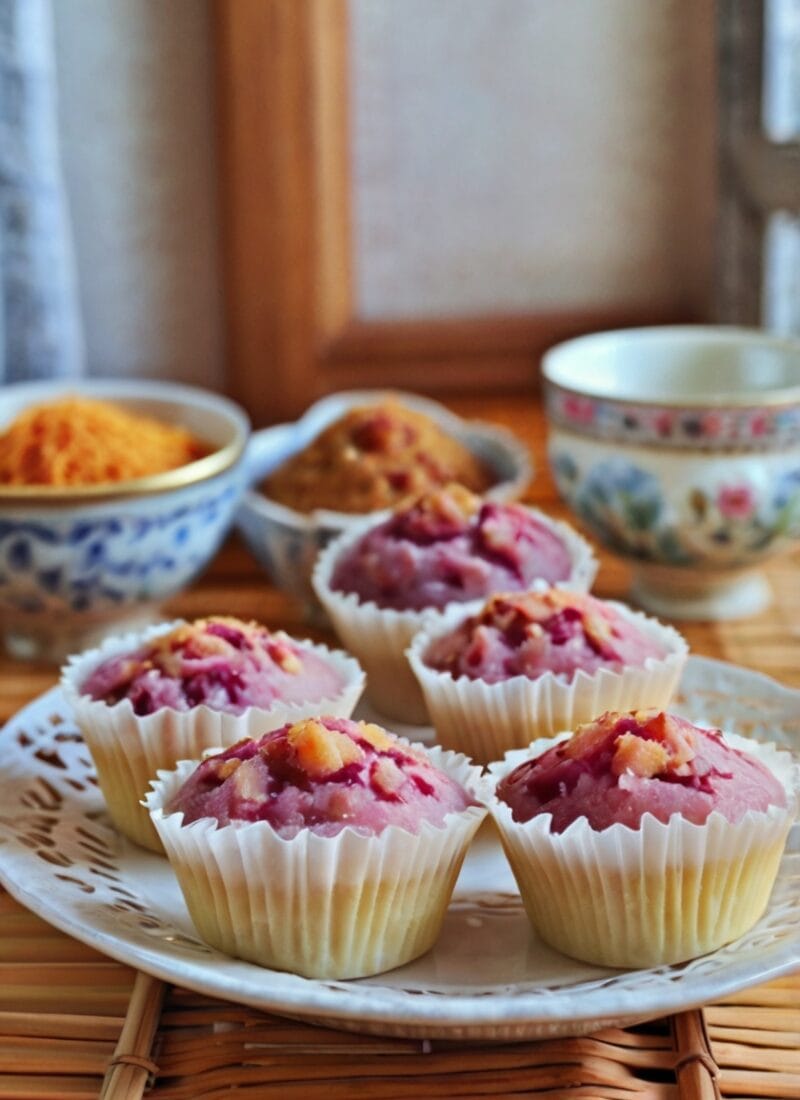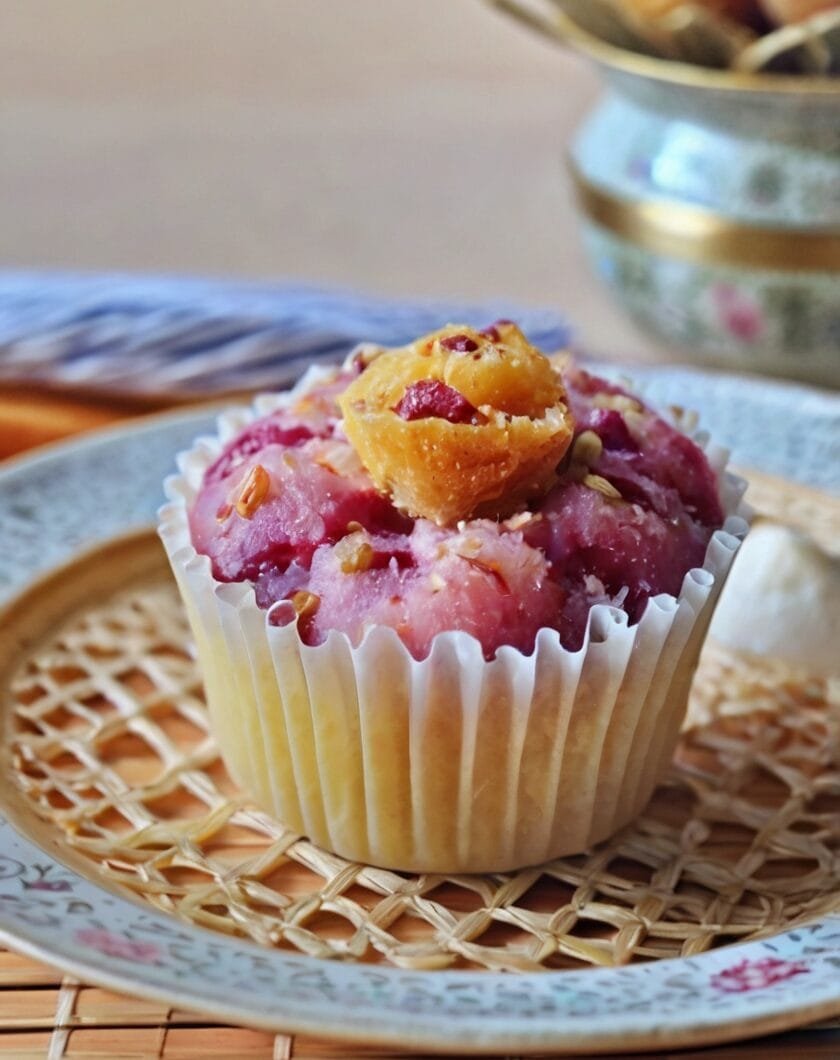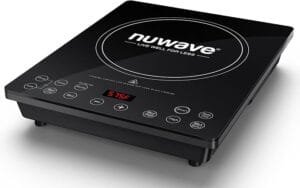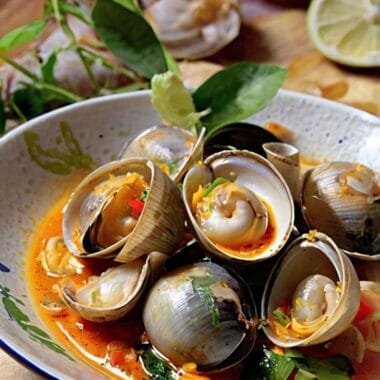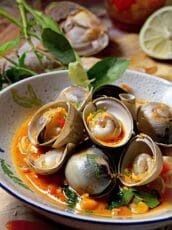Chinese Sweet Potato Coconut Huat Kueh: Huat Kueh, affectionately known as the “prosperity cake,” is a beloved Chinese steamed dessert traditionally enjoyed during festivals such as Chinese New Year. Rooted in Hokkien culture, the term huat translates to “prosper” or “flourish,” symbolizing good luck and abundance. This fluffy, cheerful-looking cake is known for its distinctive split top, considered a sign of prosperity. One popular modern variation is the Chinese Sweet Potato Coconut Huat Kueh, which infuses natural sweetness and a tropical aroma. For more on the cultural roots of this dish, visit thewoksoflife.com on Chinese Recipe.
Essential Ingredients for Flavor and Texture
To make this variation of Huat Kueh, you’ll need a few staple ingredients: rice flour, sugar, active dry yeast, sweet potatoes, and coconut milk. Each component plays a unique role. Rice flour provides structure, while yeast ensures the cake rises beautifully. Sweet potatoes offer not just color and flavor, but also added fiber and nutrients. Coconut milk adds richness and a velvety texture. For best results, we recommend using full-fat coconut milk and organic sweet potatoes. You can easily find quality ingredients like rice flour, yeast, and coconut milk on Amazon.
Preparing the Perfect Batter
Start by selecting firm, orange or purple sweet potatoes, as they offer vibrant color and rich flavor. Steam until tender, then mash them to a smooth texture. Combine the mash with rice flour, sugar, coconut milk, a pinch of salt, and yeast. Mix until you get a thick but pourable batter. Let it rest in a warm place for about 30–45 minutes for fermentation. The right consistency is key—if you’re unsure, aim for a texture similar to pancake batter. For best practices in batter fermentation, refer to this guide from Serious Eats.
Steaming Tips for a Fluffy Rise
Proper steaming is crucial to achieving the iconic “smile” or split top of Huat Kueh. Use a preheated steamer and line your molds with parchment or banana leaves. Pour the rested batter into individual cups and steam over high heat for 20–30 minutes. Do not open the lid while steaming, as sudden temperature drops can hinder rising. Use a reliable steamer and heatproof silicone molds for best results. A toothpick inserted should come out clean when the cake is fully cooked.
Serving Suggestions and Common Fixes
Let your steamed cakes cool slightly before removing them from the molds to maintain their structure. Huat Kueh can be served warm or at room temperature, often topped with grated coconut or gula melaka syrup for added indulgence. If your cake turns out too dense or dry, revisit your batter consistency and steaming technique. Using full-fat coconut milk and ensuring your yeast is active can make a significant difference. With a little practice and care, your sweet potato coconut Huat Kueh will turn out deliciously fluffy and flavorful every time.
Related recipe: Beef Curry with Mango
What is Sweet Potato Coconut Huat Kueh?
It’s a fluffy, steamed Chinese dessert cake made with rice flour, sweet potato, and coconut milk, often enjoyed during festive occasions.
What makes this Huat Kueh special?
The addition of sweet potato provides natural sweetness, vibrant color, and extra nutrients, while coconut milk adds richness and a tropical aroma.
What kind of sweet potatoes should I use?
Orange or purple sweet potatoes are recommended for their vibrant color and rich flavor.
Can I use regular milk instead of coconut milk?
Coconut milk contributes to the richness and texture, so the result will be different with regular milk. It’s best to use coconut milk for this recipe.
Why is rice flour used in this recipe?
Rice flour provides the structure and characteristic slightly chewy texture of Huat Kueh.
How do I know if my yeast is active?
Active dry yeast should be proofed by mixing it with a little warm water and sugar; it should become foamy within 5-10 minutes.
What should the batter consistency be like?
The batter should be thick but pourable, similar to pancake batter.
How long should I let the batter rest (ferment)?
Typically 30-45 minutes in a warm place, until it shows some signs of bubbling.
Why is it important not to open the steamer lid during cooking?
Opening the lid can cause a sudden temperature drop, which can prevent the Huat Kueh from rising properly and achieving the split top.
How do I know when the Huat Kueh is cooked?
A toothpick inserted into the center should come out clean.
Why didn’t my Huat Kueh u0022smileu0022 or split on top?
This can be due to various factors like insufficient fermentation, not enough heat during steaming, or opening the lid too early.
What can I do if my Huat Kueh is too dense?
Ensure your yeast is active, the batter has fermented sufficiently, and avoid overmixing.
How should I store leftover Huat Kueh?
Once cooled, store them in an airtight container at room temperature for a day or two, or in the refrigerator for longer.
Can I reheat Huat Kueh?
Yes, you can gently steam them again for a few minutes to warm them up.
Can I add any other flavorings?
While this recipe focuses on sweet potato and coconut, some variations include pandan or other extracts.
